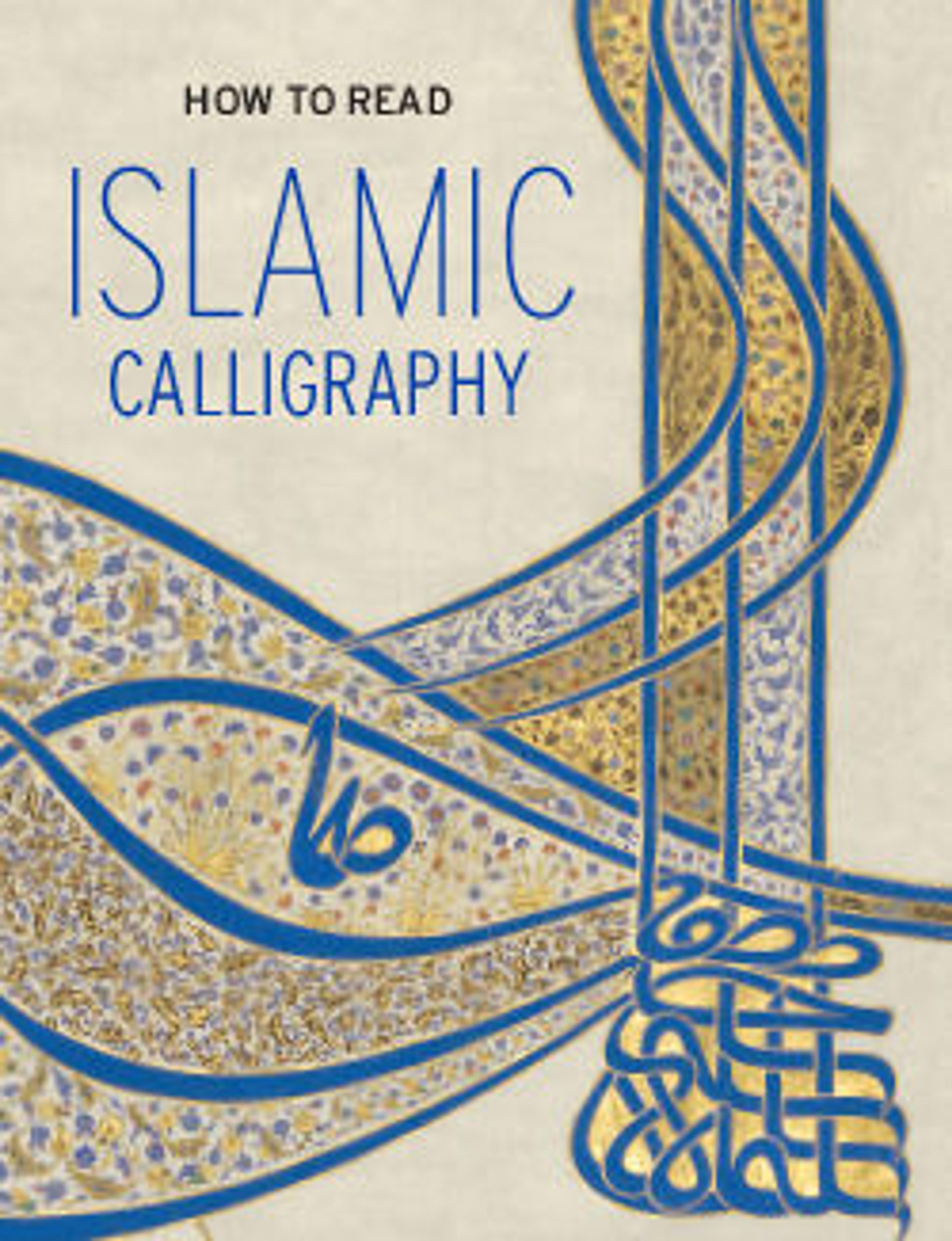Roundel with Repeated Inscription
This carved wood roundel invokes two of the ninety-nine beautiful names of Allah (asma al-husna)—al-Haqq (the Truth) and al-Qayym (the Everlasting)—through its mesmerizing composition. The inscription is first written vertically and then in mirror image (muthanna), each pair repeating eight times. This Deccan example is related to a group affixed to the walls of a Shi‘i shrine in Hyderabad; such medallions were regarded as mirror reflections of the outer (zahir) and inner (batin) aspects of the Divine.
Artwork Details
- Title: Roundel with Repeated Inscription
- Date: late 16th century
- Geography: Made in India, Deccan, probably Hyderabad
- Medium: Wood, gesso; painted and metal-leafed with gold and silver
- Dimensions: D. 1 3/16 in. (3 cm)
Diam. 18 7/8 in. (48 cm) - Classification: Wood
- Credit Line: Purchase, Richard S. Perkins and Alastair B. Martin Gifts and Rogers Fund, 1991
- Object Number: 1991.233
- Curatorial Department: Islamic Art
More Artwork
Research Resources
The Met provides unparalleled resources for research and welcomes an international community of students and scholars. The Met's Open Access API is where creators and researchers can connect to the The Met collection. Open Access data and public domain images are available for unrestricted commercial and noncommercial use without permission or fee.
To request images under copyright and other restrictions, please use this Image Request form.
Feedback
We continue to research and examine historical and cultural context for objects in The Met collection. If you have comments or questions about this object record, please contact us using the form below. The Museum looks forward to receiving your comments.
